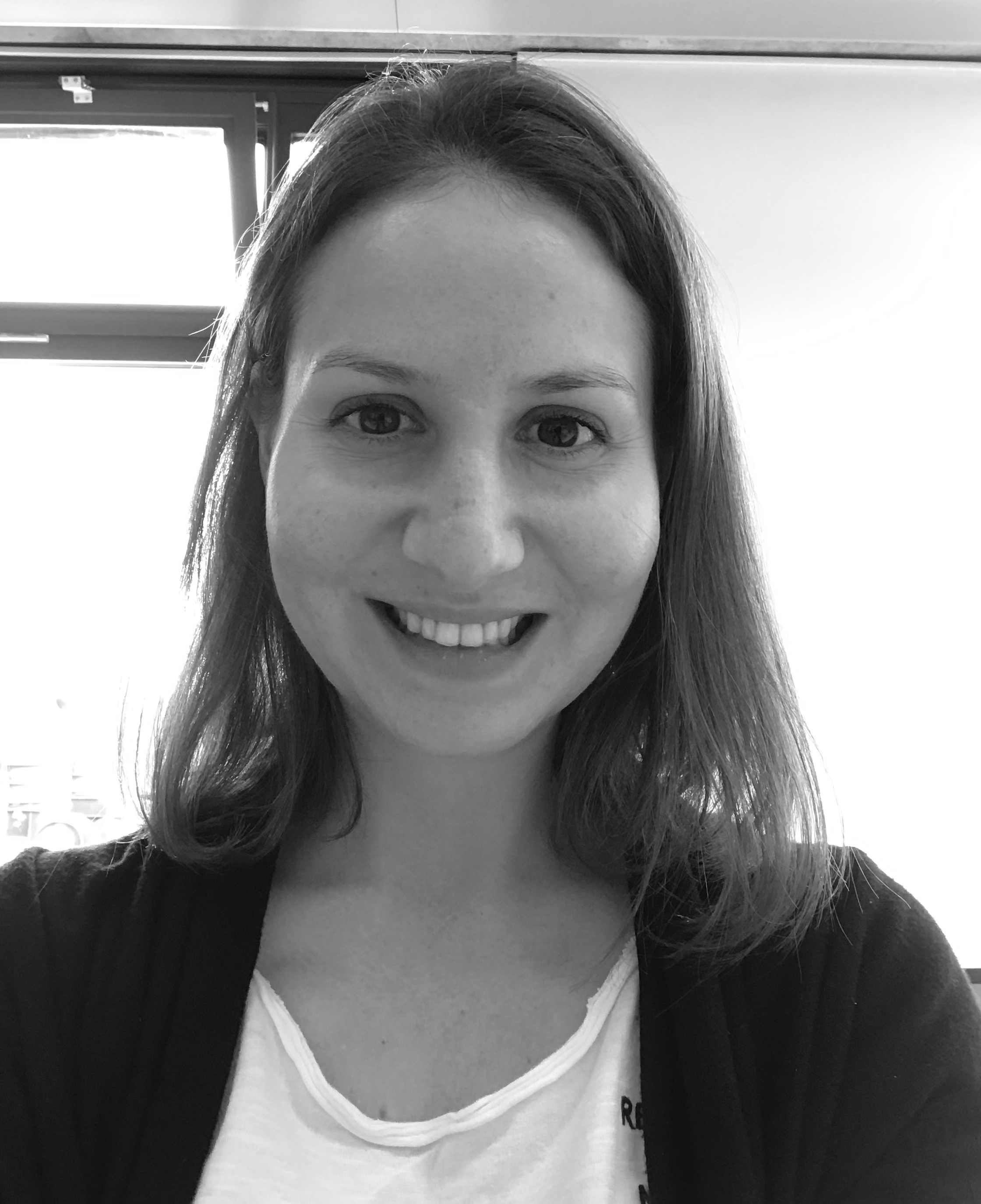Computational Fluid Dynamics for Solid Earth

I am a Royal Society University Research Fellow at the Department of Earth Sciences, University of Oxford. My research focuses on understanding the interior dynamics of the Earth. In particular, I build models of magma generation and transport from a partially-molten mantle all the way to the surface coupled with tectonic deformation.
Convective flow beneath mid-ocean ridges
 Adina E. Pusok
Adina E. Pusok

